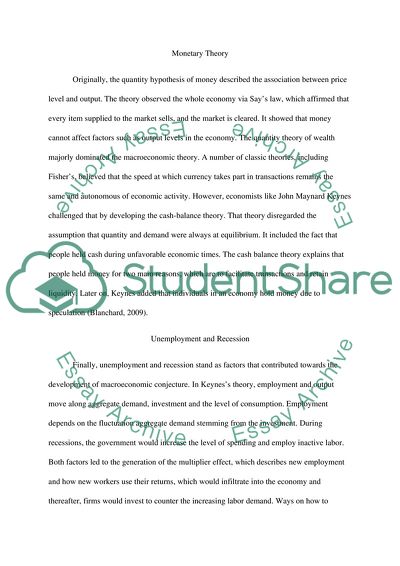Cite this document
(Principle of economics Essay Example | Topics and Well Written Essays - 2000 words, n.d.)
Principle of economics Essay Example | Topics and Well Written Essays - 2000 words. https://studentshare.org/macro-microeconomics/1834328-principle-of-economics
Principle of economics Essay Example | Topics and Well Written Essays - 2000 words. https://studentshare.org/macro-microeconomics/1834328-principle-of-economics
(Principle of Economics Essay Example | Topics and Well Written Essays - 2000 Words)
Principle of Economics Essay Example | Topics and Well Written Essays - 2000 Words. https://studentshare.org/macro-microeconomics/1834328-principle-of-economics.
Principle of Economics Essay Example | Topics and Well Written Essays - 2000 Words. https://studentshare.org/macro-microeconomics/1834328-principle-of-economics.
“Principle of Economics Essay Example | Topics and Well Written Essays - 2000 Words”. https://studentshare.org/macro-microeconomics/1834328-principle-of-economics.


